High School Strength and Conditioning Curriculum
PLT4M
APRIL 17, 2023
At the high school level, the weight room is a classroom. Therefore, high school strength and conditioning curriculum plays a pivotal role in students’ long-term development in physical education. A physical education teacher works with a student in a high school strength and conditioning class.

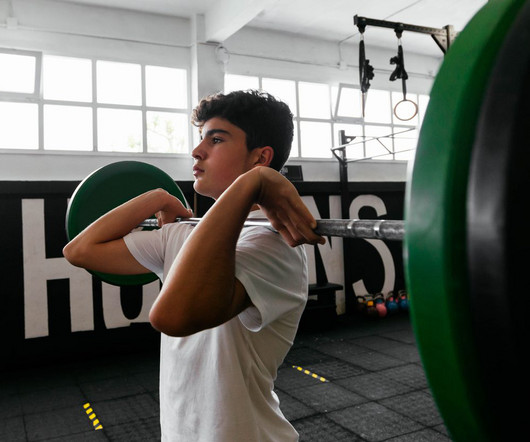


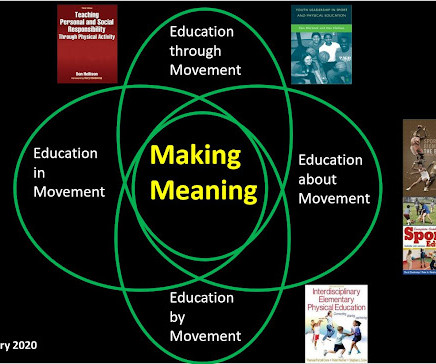

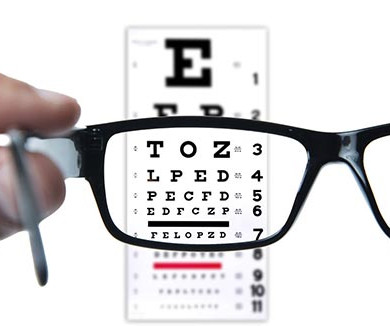
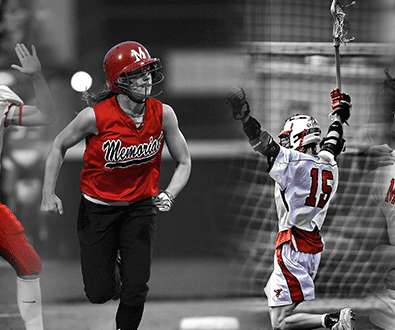
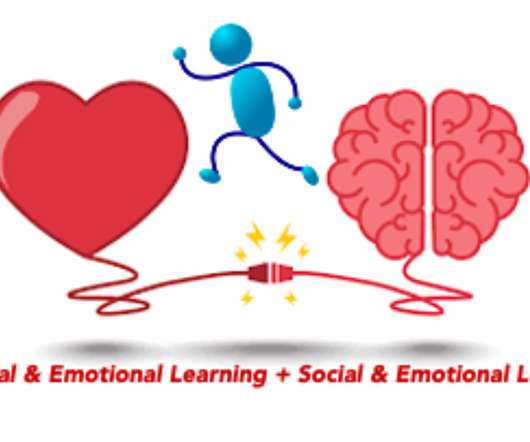







Let's personalize your content